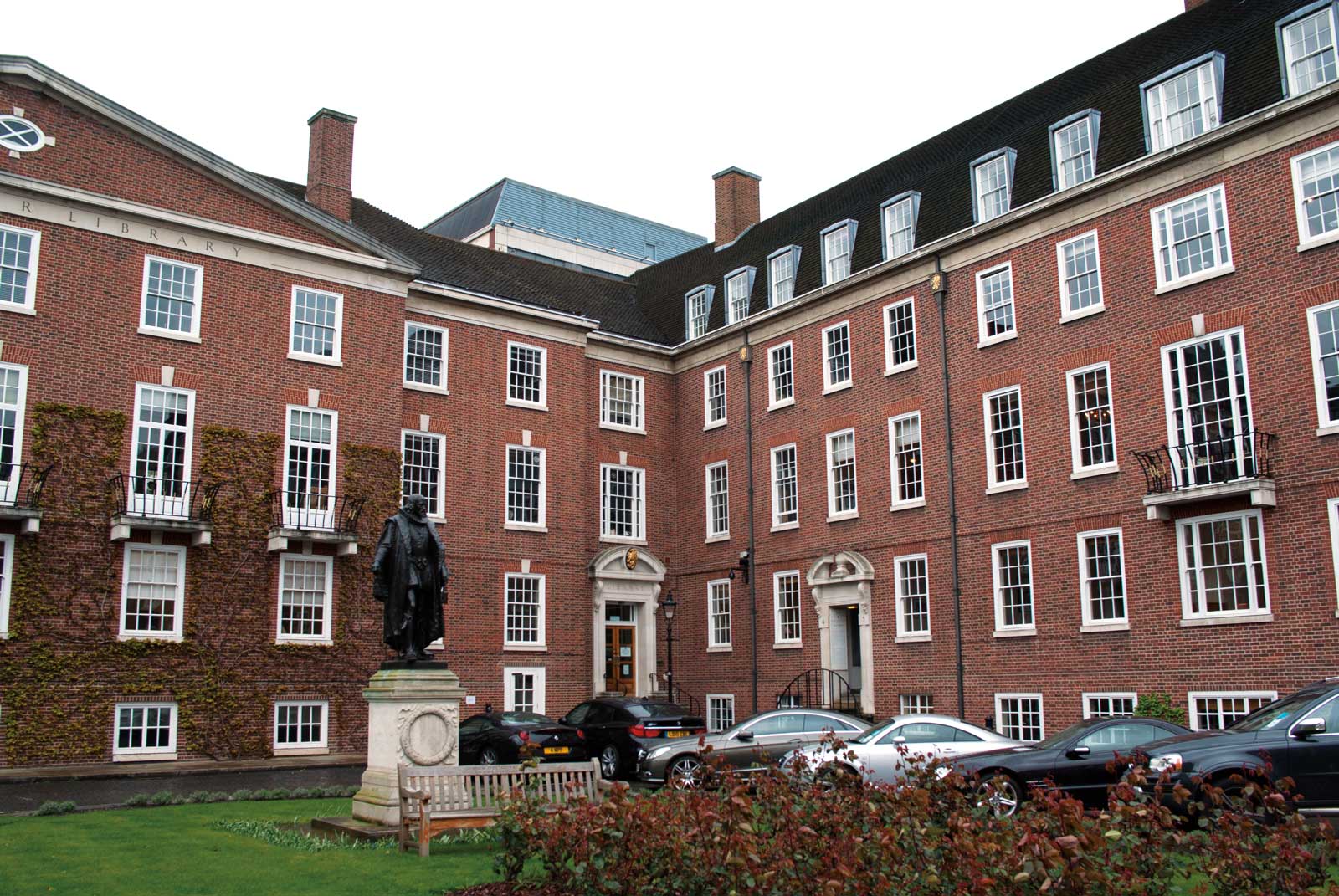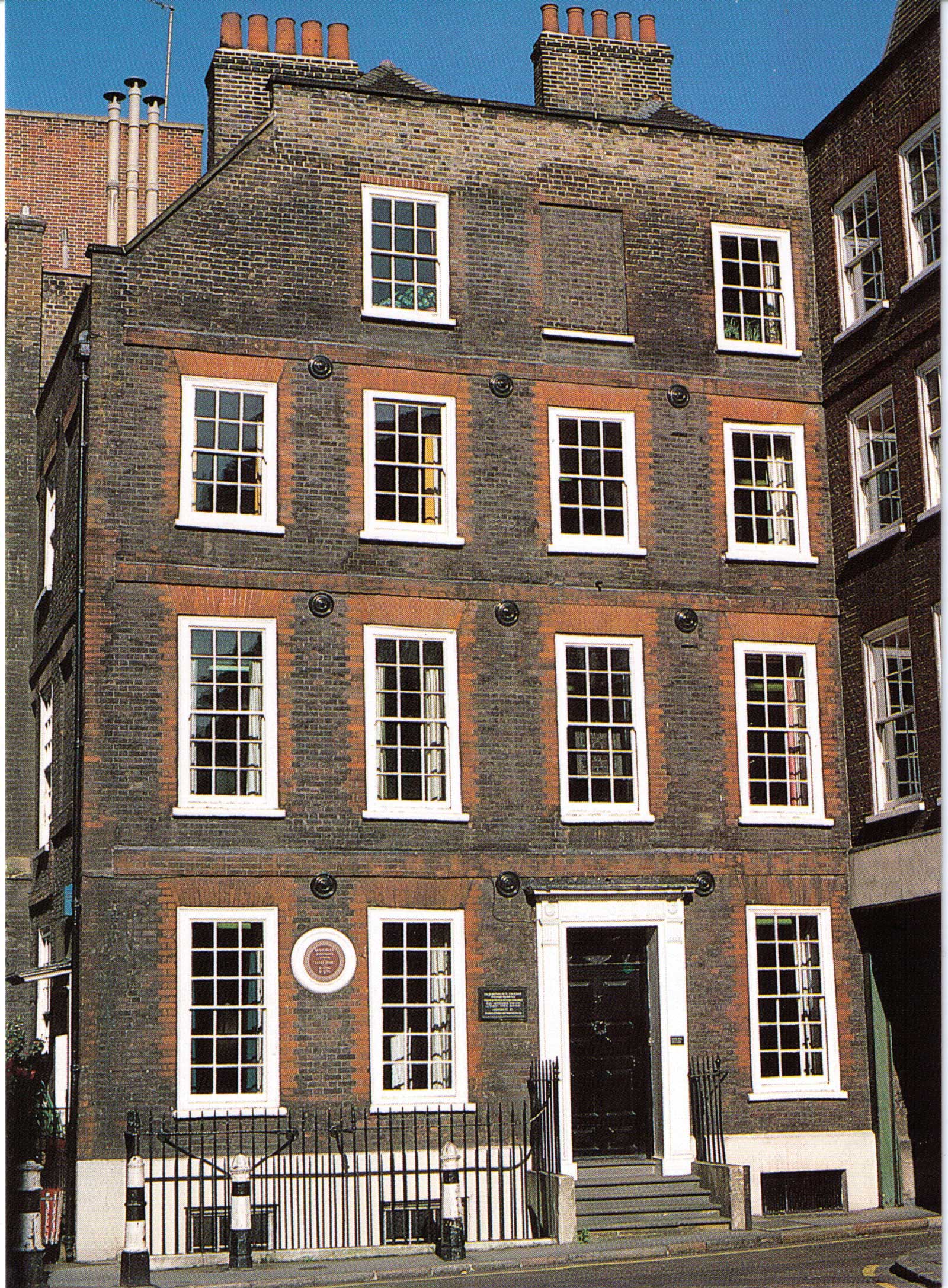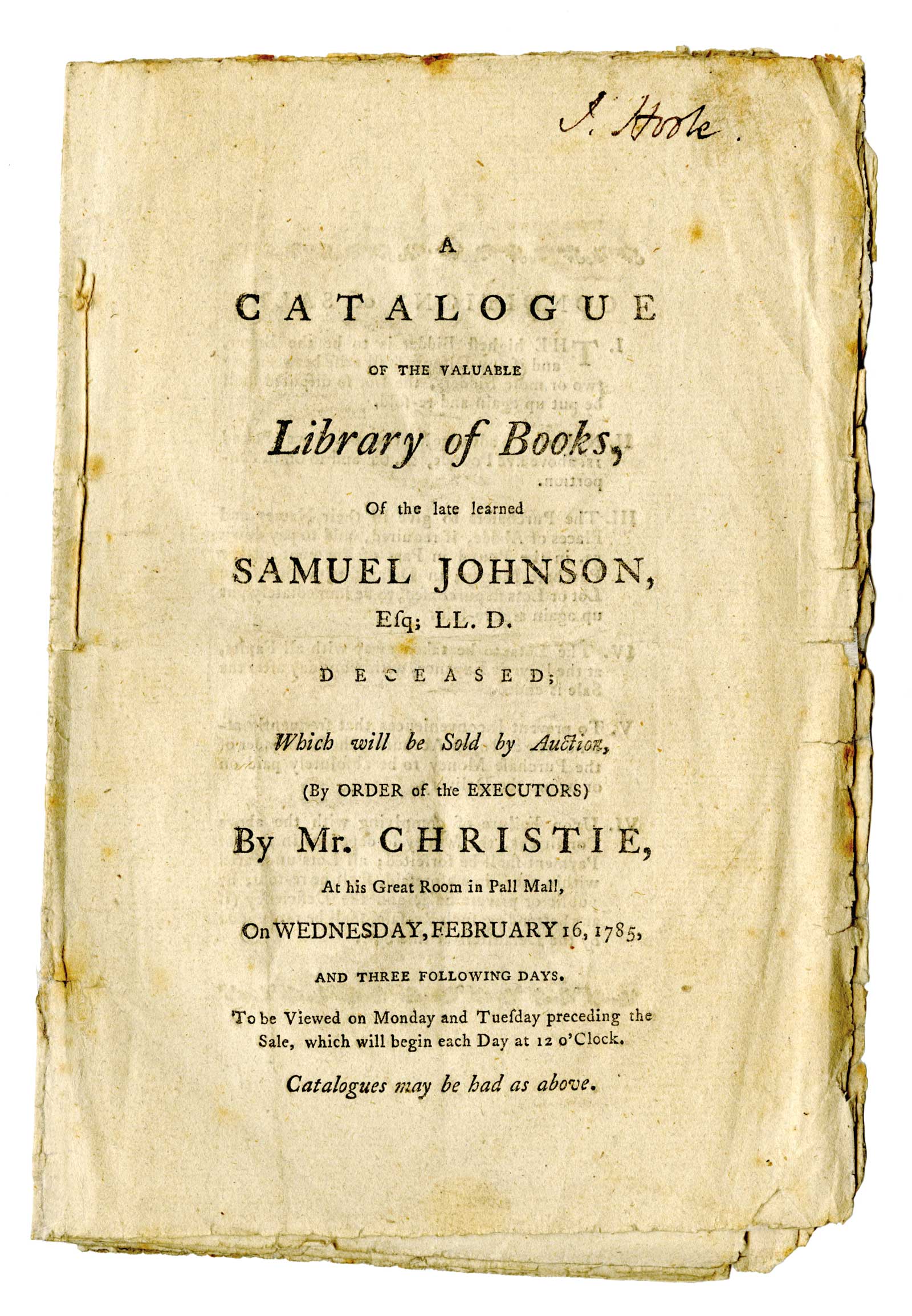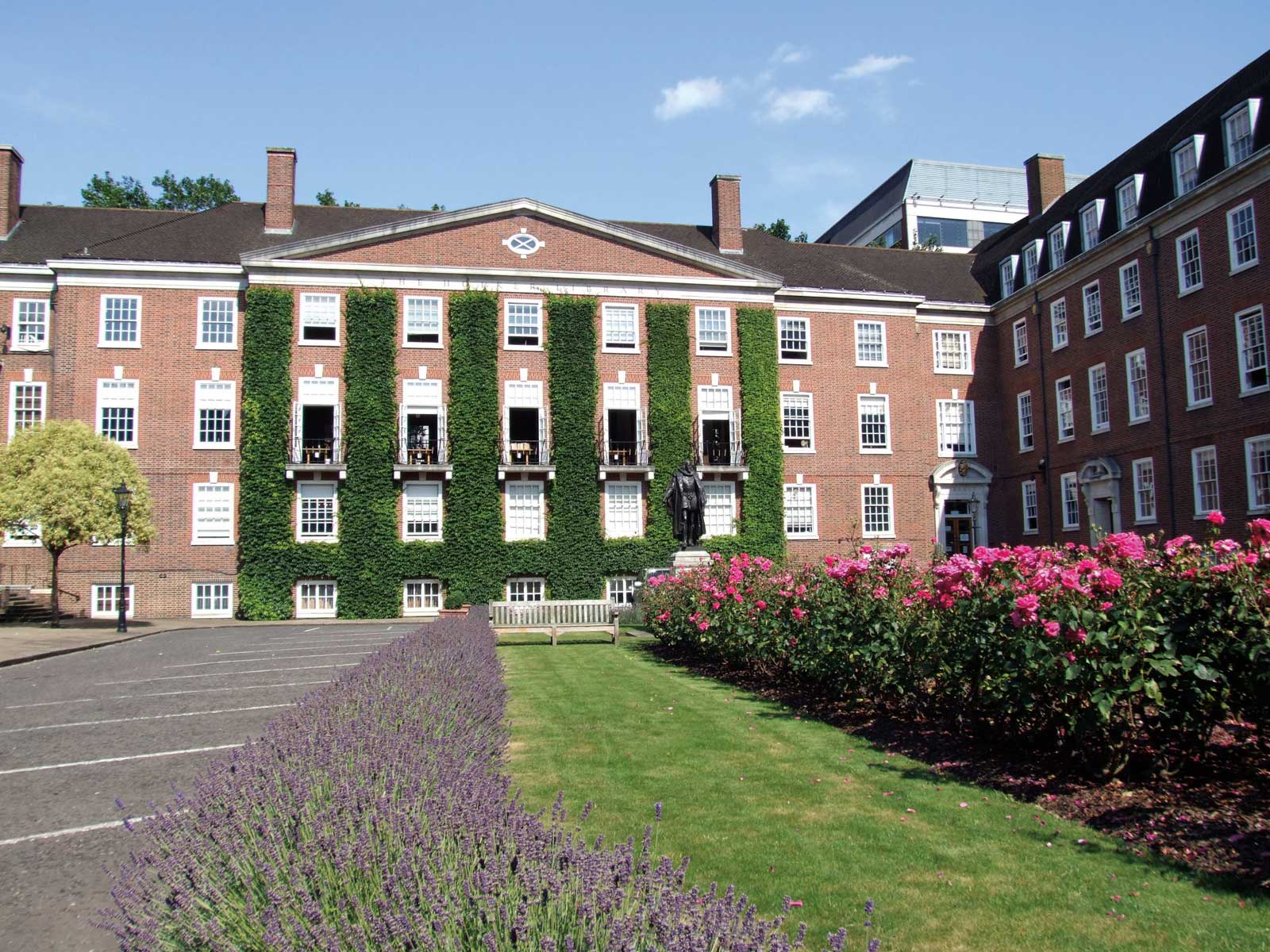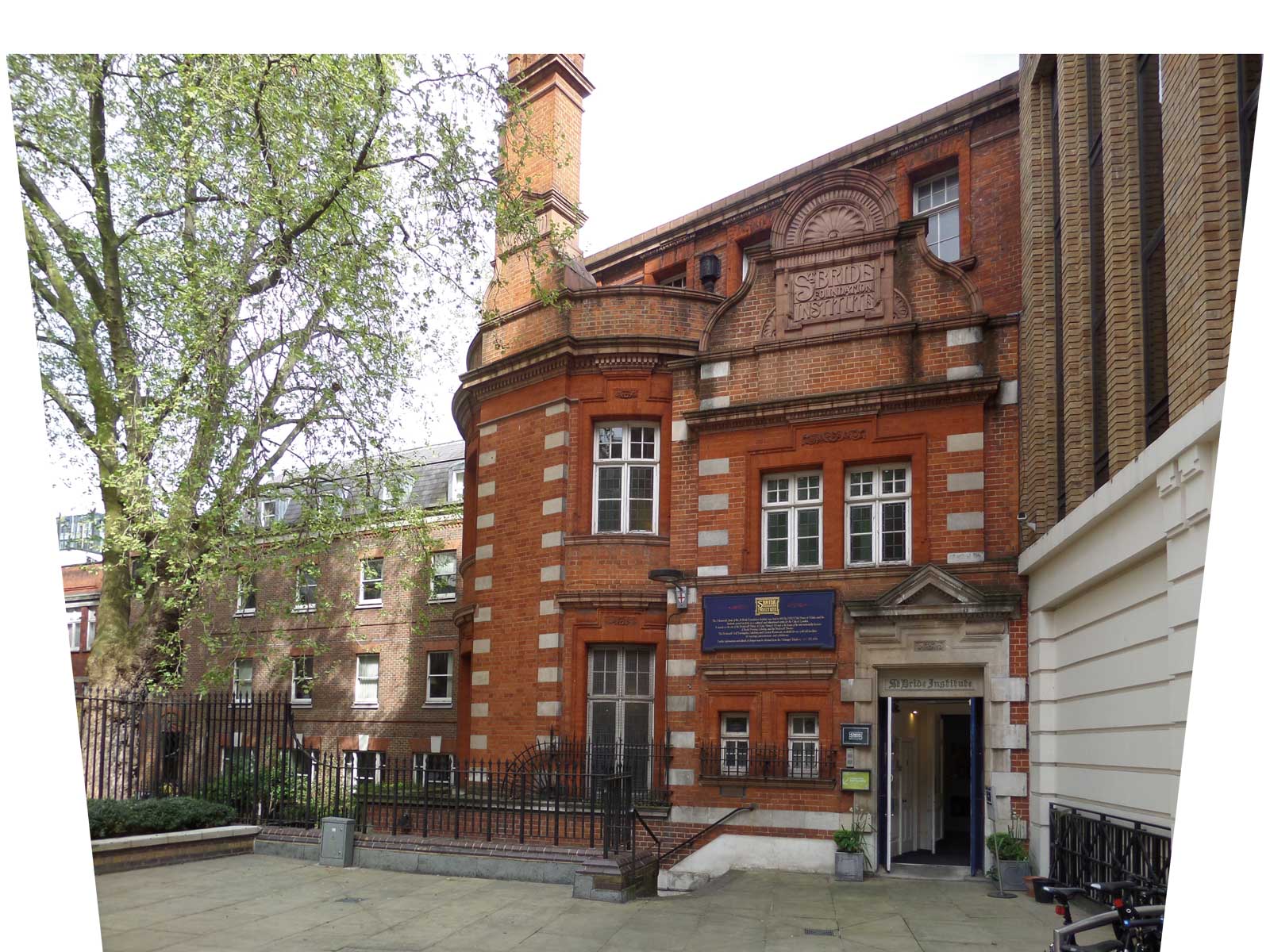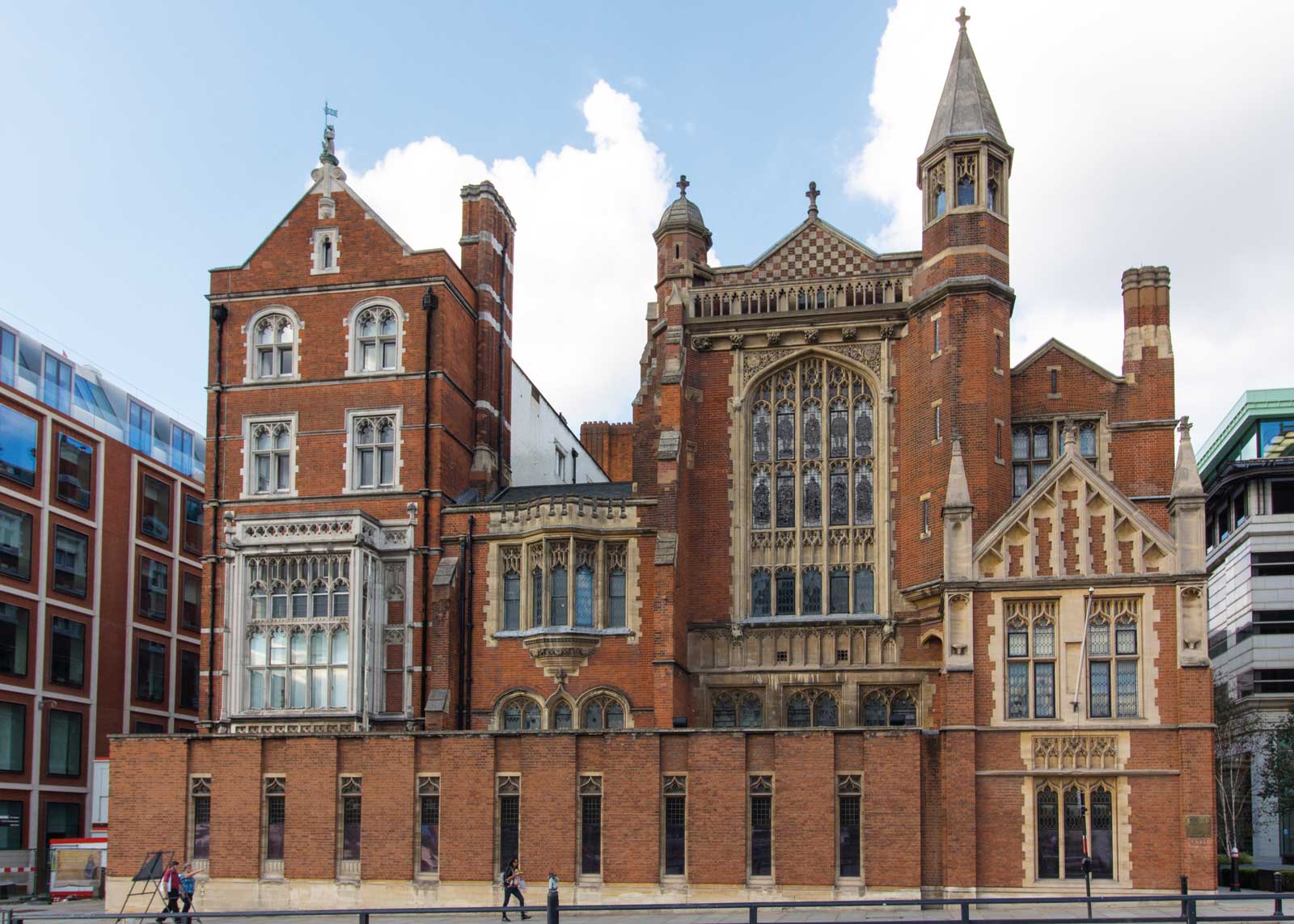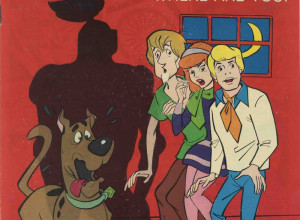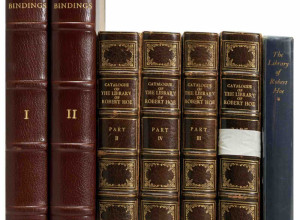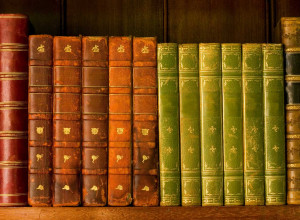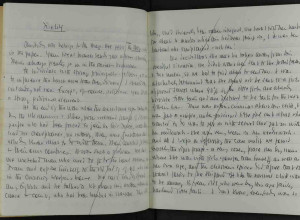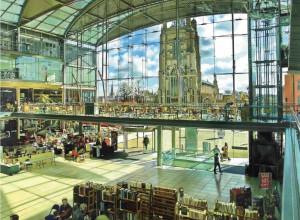Ford-Smith, who manages communications, publications, and archives at Bernard Quaritch, put it this way, “Johnson became notorious for many things, and handling his books roughly was one of them.” Unfortunately, their easy-to-identify nature has also meant that autograph hunters have remorselessly cut Johnson’s signature from some. The library will never be completely together again, though Dr. Johnson’s House, which operates as a writer’s house museum at 17 Gough Square in London, is lucky to have reacquired some Johnson titles over time, as well as several of his manuscripts. The museum is in the process of focusing the library’s efforts on eighteenth-century lexicography. (Another stronghold of Johnson’s former library is the Donald and Mary Hyde Collection at Harvard’s Houghton Library. What began as a gift from Mary to Donald of a first edition of Johnson’s dictionary became, after sixty years of active collecting, the preeminent collection of Johnson-related material in the world—wonderful, but all so far away from London.)
Dr. Johnson’s House was just one of a dozen stops on Ford-Smith’s frequently sold-out tour of London’s forgotten book history. We started at Gray’s Inn Library in South Square, which was gutted during World War II, but had held a library of one sort or another since 1488 when there is evidence that Edmund Pickering bequeathed six books to be “chained” there. The Inn is not a traditional traveling lodge, but one of the four Inns of the Court, a professional organization dedicated to educating and supporting students of law and barristers. The Inn doesn’t have a specified founding date but has been in operation since at least the fourteenth century; it housed Francis Bacon and counted Queen Elizabeth I as a patron. William Shakespeare is believed to have performed The Comedy of Errors at Gray’s—it has an exceptionally interesting history. But for our purposes, Ford-Smith focused on the impact of the war on London’s libraries. Gray’s, she explained, lost 30,000 books to Blitz-induced fire, the University College of London lost 100,000 books, and the British Library lost over 200,000. Before we continued into the now dark London streets, Ford-Smith told us that beyond London more than one million volumes from libraries and publishing houses were destroyed by Nazi forces in Germany and occupied Europe, the national libraries of Serbia and Germany were destroyed, and “some 65 percent of all Japanese public libraries didn’t see an end to the hostilities.”
The next stop was a non-descript Boots pharmacy, the major national drugstore chain of Britain, where, beginning in 1899, Boots locations offered Boots Book-lovers’ Library to subscribers who chose an annual plan between 10 shillings 6 pence and two pounds a year. By the 1930s there were 460 locations, and Boots purchased over a million books for stock annually. Ford-Smith asks the group why the membership library would be so popular when public libraries were free? We ponder. “Public libraries were not the hubs of fiction they are now,” she said. “Another mark against them was a suspicion that public libraries were unsuitable places for women.” Boots worked to project an image of wholesomeness, and so “any book with a hint of immorality displayed a red label on its spine instead of a usual green one.” The large London bookstore chain WHSmith also ran a library, which now seems an unusual decision for a bookstore, but it was also popular at the height of Boots’ success.
One of the things, of course, that makes London remarkable is its age and the multiple layers of history—that which is hidden, that which is visible, and that which is only visible if you know what to look for. In that sense, Ford-Smith’s Lost Libraries tour is a bibliophile’s dream, and brilliant, because it offers up an opportunity to make a tangible connection to book history as you move through the city streets.





